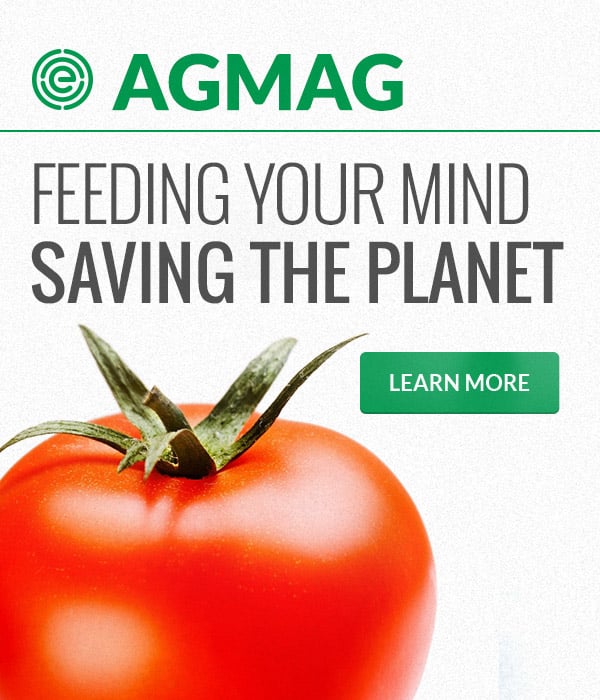Conservation in the United States
The United States
Environmental Quality Incentives Program
Congress first authorized the Environmental Quality Incentives Program, or EQIP, in the 1996 Farm Bill, and it was reauthorized in the 2014 and 2018 Farm Bills. The data we present in the database begins with contracts enrolled in EQIP in 2017 and continues through 2022, to highlight changes in payments before and after the 2018 Farm Bill.
EQIP is managed by the Department of Agriculture’s Natural Resource Conservation Service, or NRCS, and provides money and technical help to farmers as they plan and implement conservation practices on agricultural land and non-industrial private forestland.
If selected for participation, a farmer enters into a contract that specifies the conservation practices to be implemented. Contracts can be as long as 10 years, but most are much shorter. Payments are made to the farmer in the fiscal year a specified practice is executed.
The 2018 Farm Bill made several reforms to EQIP. It lowered the total percentage of EQIP funding that must be spent on livestock-related practices from 60 percent to 50 percent. It also created a new subprogram within EQIP called Conservation Incentive Contracts. Those contracts enroll farmers into longer, five-to-10-year contracts focused on a more-limited number of practices that aim to address problems called priority resource concerns.
Finally, EQIP also now allows states to identify 10 highly effective conservation practices to be eligible for 90 percent cost-share payments, compared to the traditional 75 percent cost-share payments for most practices.
About the data
EWG’s Conservation Database reports payments made to program participants in the fiscal year in which a practice was implemented to earn the payment. EQIP payments are directly tied to specific conservation practices. The payment rate for a particular practice may vary by state.
The payment data in the database does not match funding information provided by NRCS or the levels authorized by Congress in a particular fiscal year for two reasons.
First, NRCS reports “obligations” and not payments made in a fiscal year. When a producer signs an EQIP contract, NRCS sets aside or “obligates” all the money needed for payments over the length of the contract. Obligations are not the same as the actual payments made to a producer.
Second, some portion of EQIP funding is used to pay for the technical help producers need to implement the funded practices. That funding goes to NRCS staff or private sector consultants, not to the producer. Our data only reports payments made directly to producers.
We received data about EQIP through a Freedom of Information Act request submitted to the USDA. The data in the database is from fiscal year 2017 through 2022. We received the data in the fall of 2023.
The data given in this database consists of practice payments given by practice name, at a national, state and county level. We received the data from two separate FOIA requests: one request for the county-level data, and one for the state-level data. We received national-level payments by practice through an email with a USDA employee, not through a formal FOIA request.
The state and county-level EQIP data include only practices that had more than four contracts in a state or county for a particular year. In EWG’s FOIA requests, the USDA did not provide us with any data for EQIP practices that had four or less contracts in the state or county and specific year, citing a privacy exemption. Because of this, the data contained within the county pages will not equal the total payments by practice on the state or national pages, and the data on the state pages will not equal the total payments on the national page.
The EQIP pages within EWG’s database also include an indicator next to a practice if the practice is on the list of NRCS climate smart practices for fiscal year 2024. This list contains conservation program practices the USDA believes reduce greenhouse gas emissions, or sequesters carbon in soil, on farms.
There is a brown leaf indicator next to conservation practices that are considered to be “provisional” by the USDA. These provisional practices may or may not actually have any benefits of reducing greenhouse gas emissions or sequestering carbon in soil. The USDA is supposed to study if these practices have climate benefits and remove the practices from the climate-smart list if they are not beneficial to the climate. EWG has put a green leaf indicator next to practices that are on the 2024 climate-smart list that are not provisional, because these practices have proven climate benefits according to USDA.
For more information about the EQIP, see this NRCS website. And for information on the standards for specific EQIP practices, see this page.




 USDA’s Conservation Reserve Program needs reform to improve climate benefits
USDA’s Conservation Reserve Program needs reform to improve climate benefits
 Despite new climate-smart funds, agricultural conservation programs remain oversubscribed
Despite new climate-smart funds, agricultural conservation programs remain oversubscribed
 Environmentally sensitive Mississippi River region croplands should be targeted for conservation
Environmentally sensitive Mississippi River region croplands should be targeted for conservation
 Major USDA conservation program must change to prioritize climate stewardship
Major USDA conservation program must change to prioritize climate stewardship
 $7.4B spent on two of USDA’s biggest conservation programs, very little went to ‘climate-smart’ agriculture
$7.4B spent on two of USDA’s biggest conservation programs, very little went to ‘climate-smart’ agriculture
 Climate change isn’t high priority for $1.2 billion USDA farm stewardship program
Climate change isn’t high priority for $1.2 billion USDA farm stewardship program
